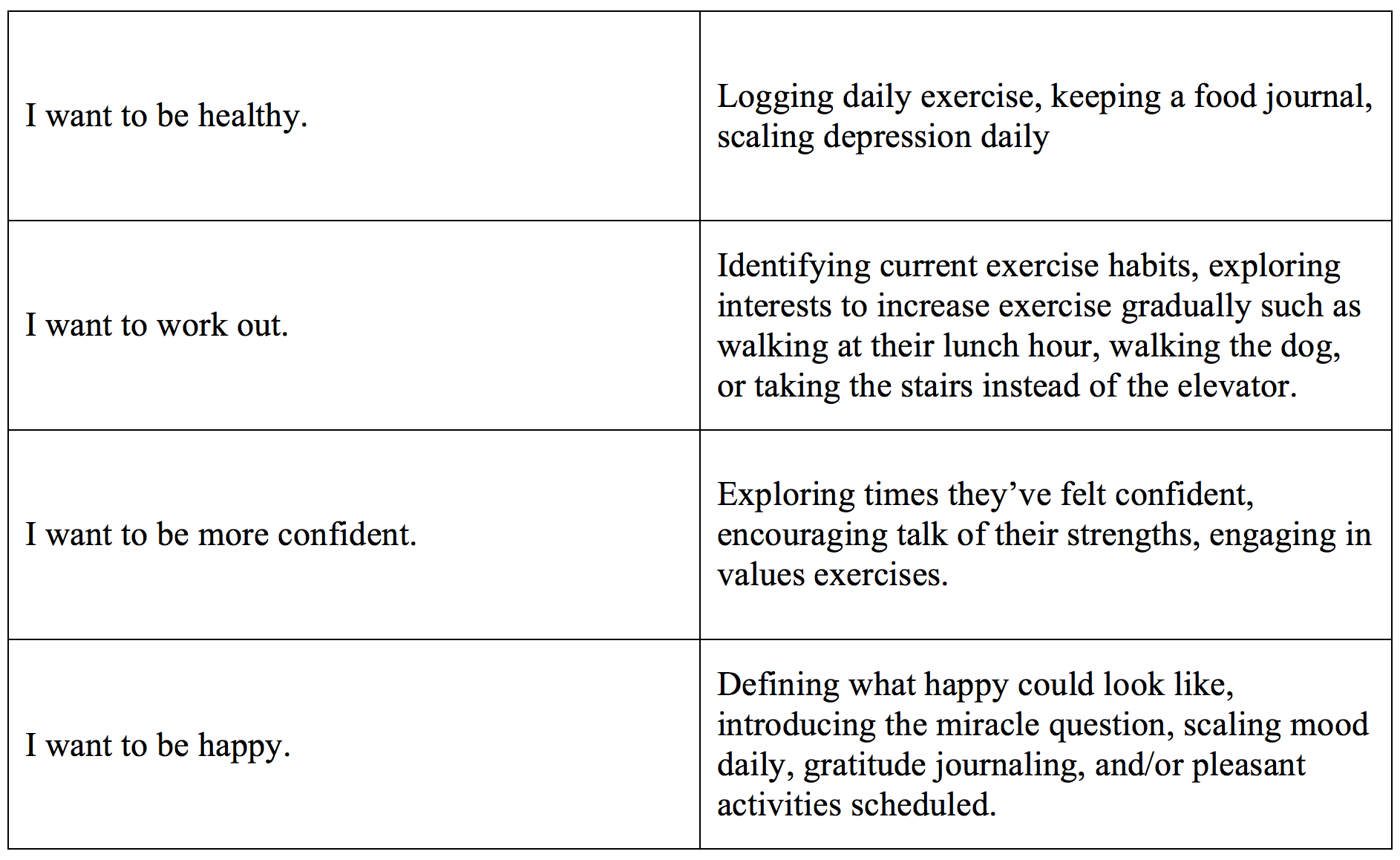Have you ever felt the sensation of déjà vu? The gut feeling that you’ve been here before and thus can’t escape this surreal feeling, like you’re floating, your stomach is full of rocks, and there’s a ringing in your ears? For many of us, February 14, 2018 was a day of déjà vu in its worst form, reliving the trauma and horror of another mass shooting.
For me personally, the sudden anger, sadness, grief, and avoidance that came to the surface were the very same that I experienced after the Aurora Theater Shooting on July 20, 2012. For others, it felt like Columbine on April 20, 1999. Many people around the world are affected by the loss and violence surrounding a mass shooting and so many of us want answers. As therapists, we hold space for the questions and the grief, providing a safe environment for processing of loss, fear, and desire to understand. As trauma therapists in particular, we encourage clients to explore fears and needs in order to feel heard, and possibly, to begin the healing process again. And yet there are days we struggle with balance, the effort of holding space for others as well as holding space for ourselves. If we are completely honest, it may even feel easier to hold space for others rather than think and feel our own emotions.
Professionally, it didn’t occur to me that Aurora would stay with me in my practice, year after year. July 2012 was supposed to be a month of celebration as our cohort had graduated and were seeking our first jobs as therapists. We had bonded in role plays, through projects, on adventures, and with humor. Survived internships, passed exams, and grew as individuals. Aurora would prove to impact the cohort quite rapidly when we found out four of our own peers were present and involved in the violence that took place. It took all day to get answers about their safety, and when we finally did receive word, we came together to grieve the loss of one of our own and trauma to three others. You may know him as the hero who took a bullet for the woman he loved, shielding her from the chaos in the theater. His actions show his character and the person he was in this world. There is so much I could say, but know that he was loved by many and brought humor and lively spirit to otherwise heavy work. We grieved together over the weeks that followed, knowing the impact would go beyond our cohort and be felt around the world. Before we could blink, the cohort was scattering rapidly, almost like a driving force was pushing us away from one another, and away from the reminders of what we’d lost. It became easier to avoid and attend to others, to embrace their pain and needs for healing by throwing ourselves into the therapeutic work, perhaps hoping to heal ourselves in the process.
And yet with each new tragedy, full of images, horror, and tears, we are transported back to our own dark times. Perhaps triggered to the point of needing breaks, tracking our own emotions, and holding boundaries with our clients to stay present in their grief. Grappling with whether to share our pain with clients out of connection and compassion or decide to lock it away for another, more private time.
Whatever direction you decide in your own grief, know that your efforts to help others through connection and compassion go a long way in recovering from these tragedies. Let us be gentle with ourselves as we are with our clients. Let us acknowledge the hurt and remain open to the healing. Let us recognize the avoidance of pain and the safety needed to face it. And let us hold space when words cannot capture what is felt rather than said. Only when being true to ourselves and embracing vulnerability can we truly support healing.
In loving memory of Alexander C. Teves













